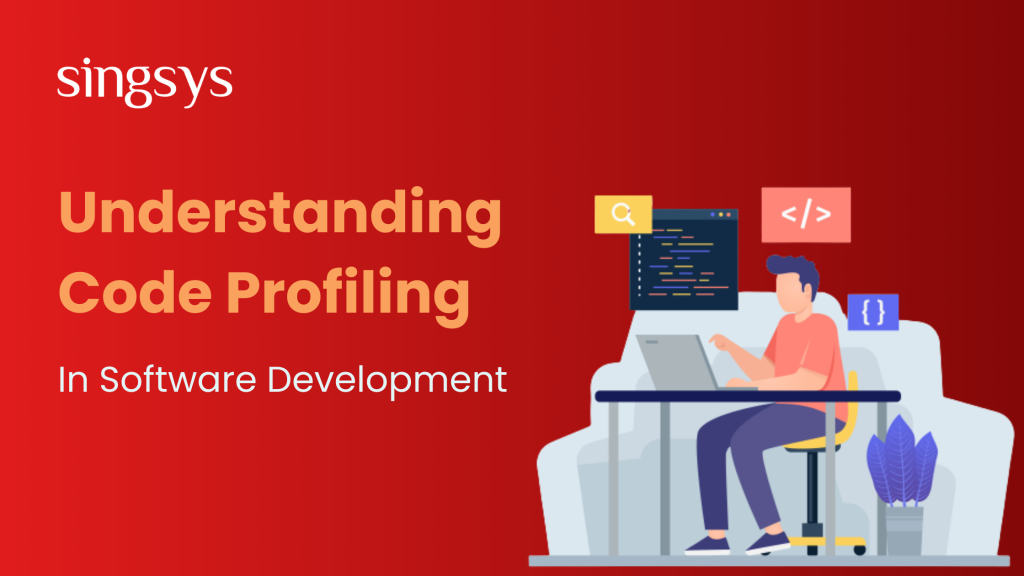AI’s Greatest Moments: Celebrating Artificial Intelligence Appreciation Day
Discover the most remarkable achievements in artificial intelligence as we honor AI’s Greatest Moments on Artificial Intelligence Appreciation Day.
Code profiling stands as a cornerstone in modern software development, providing developers with invaluable insights into their code’s behaviour and performance.
This process involves collecting and analysing data during program execution, allowing for the identification of bottlenecks and areas for optimisation.
At its core, profiling entails the meticulous analysis and recording of information pertaining to a specific phenomenon. In the realm of app and website development, this translates to gathering data on a program’s execution, resource usage, and performance characteristics.

Statistical Profiling: This method intermittently interrupts program execution to record the call stack, offering a rough estimation of where the program expends its time.
Instrumentation-based Profiling: Additional code (instrumentation) is inserted into the program to capture metrics like function calls, memory usage, and execution times. While detailed, this method may introduce some overhead.
Sampling Profiling: This technique, akin to statistical profiling, periodically halts program execution to capture information. However, instead of recording the call stack, it samples the program’s state at predefined intervals, presenting a less intrusive alternative.
Profiling operates by gathering data while a program is in action. This data encompasses details such as function calls, memory usage, CPU utilisation, and more. Following data collection, developers can scrutinise it to gain a comprehensive understanding of the program’s performance.
Code profiling empowers developers by shedding light on critical aspects of their code’s performance. It addresses pivotal questions like:
Profiling tools automate the process of data collection and analysis, streamlining it for developers. They furnish detailed reports and visualisations, simplifying the identification and resolution of performance issues.
While immensely powerful, code profiling does come with its set of challenges, including potential overhead, platform dependency, and the need for a comprehensive understanding of both the code and the profiling tools used.
In the realm of modern software development, profiling tools have become indispensable for several reasons:
Singapore’s bustling tech ecosystem positions it as a mobile app development hub. To thrive in this dynamic landscape, mobile app development companies in Singapore are increasingly embracing code profiling as a potent tool for enhancing app performance and user experience.
Code profiling serves as a crucial practice in software development, empowering developers to optimise their code for superior performance. By grasping the various profiling types, collection methods, and the advantages of profiling tools, developers can significantly enhance the efficiency and performance of their applications.
Mobile AppsTechnologiesWebsite development
Jul 16th, 2024
Discover the most remarkable achievements in artificial intelligence as we honor AI’s Greatest Moments on Artificial Intelligence Appreciation Day.
Jul 11th, 2024
Discover the best methods for adding your blogs to your GitHub profile. Enhance your visibility and engage more followers. Click for detailed guide.
Jun 27th, 2024
On National Doctor’s Day, let’s appreciate the advancements in healthcare, especially the rise of telemedicine. This innovation has revolutionized medical care, making it more convenient and effective. India’s eSanjeevani platform stands out, providing equitable healthcare to all, especially in rural areas. Launched by the Ministry of Health and Family Welfare, eSanjeevani facilitates remote consultations and enhances the quality of care. As telemedicine continues to evolve, driven by technological advancements, it promises to play a crucial role in the future of healthcare, ensuring accessibility and efficiency for everyone.